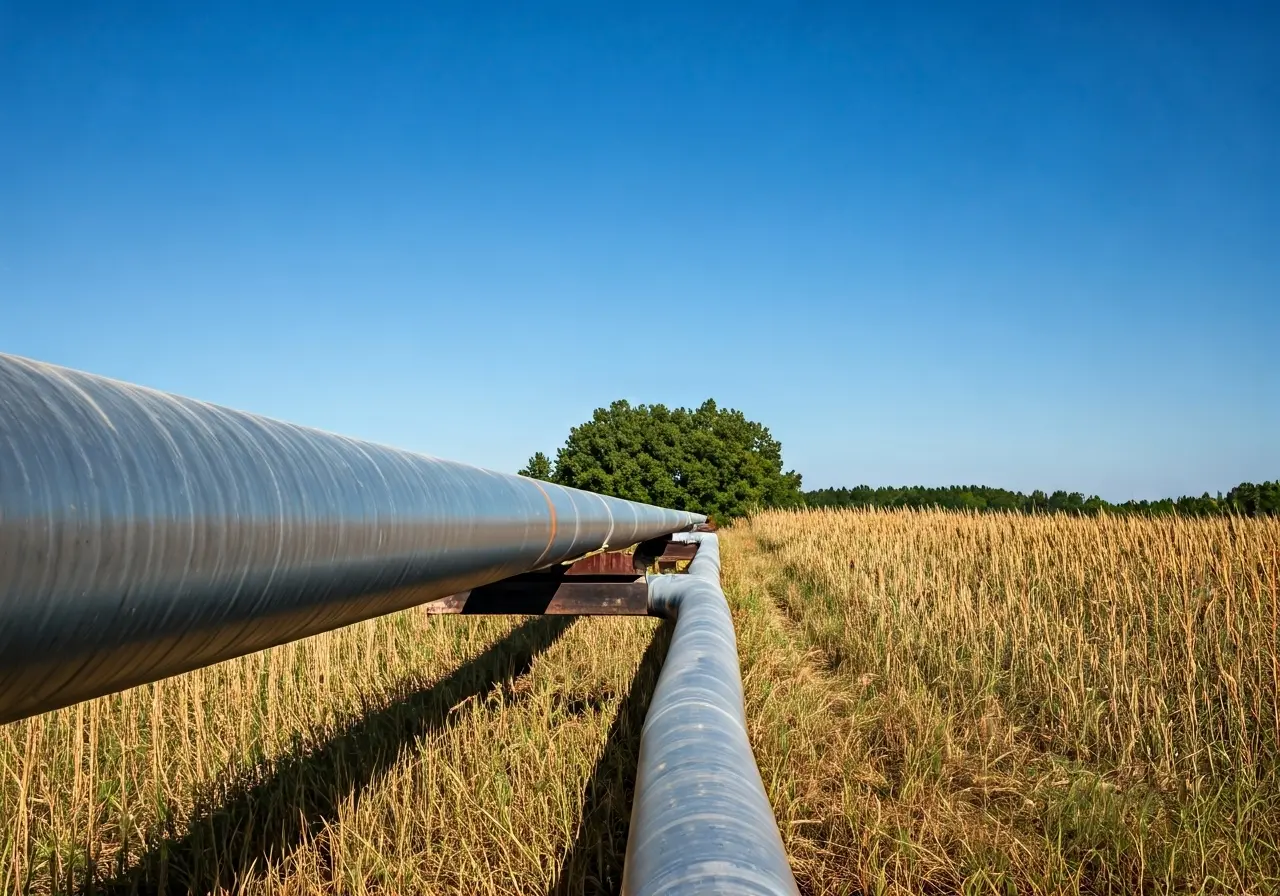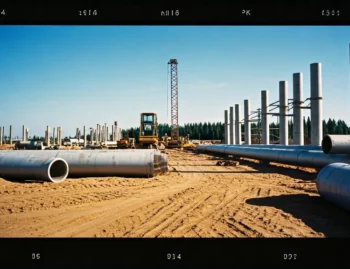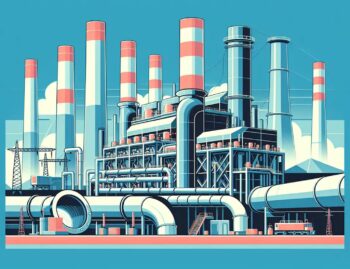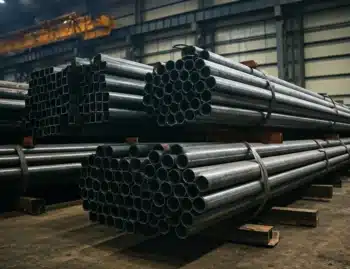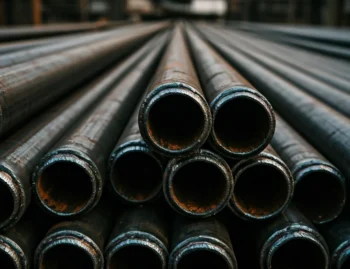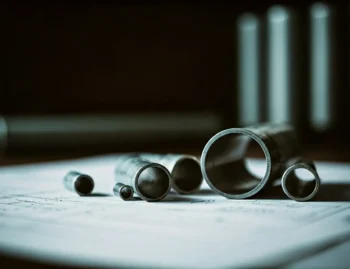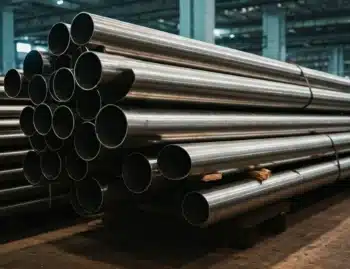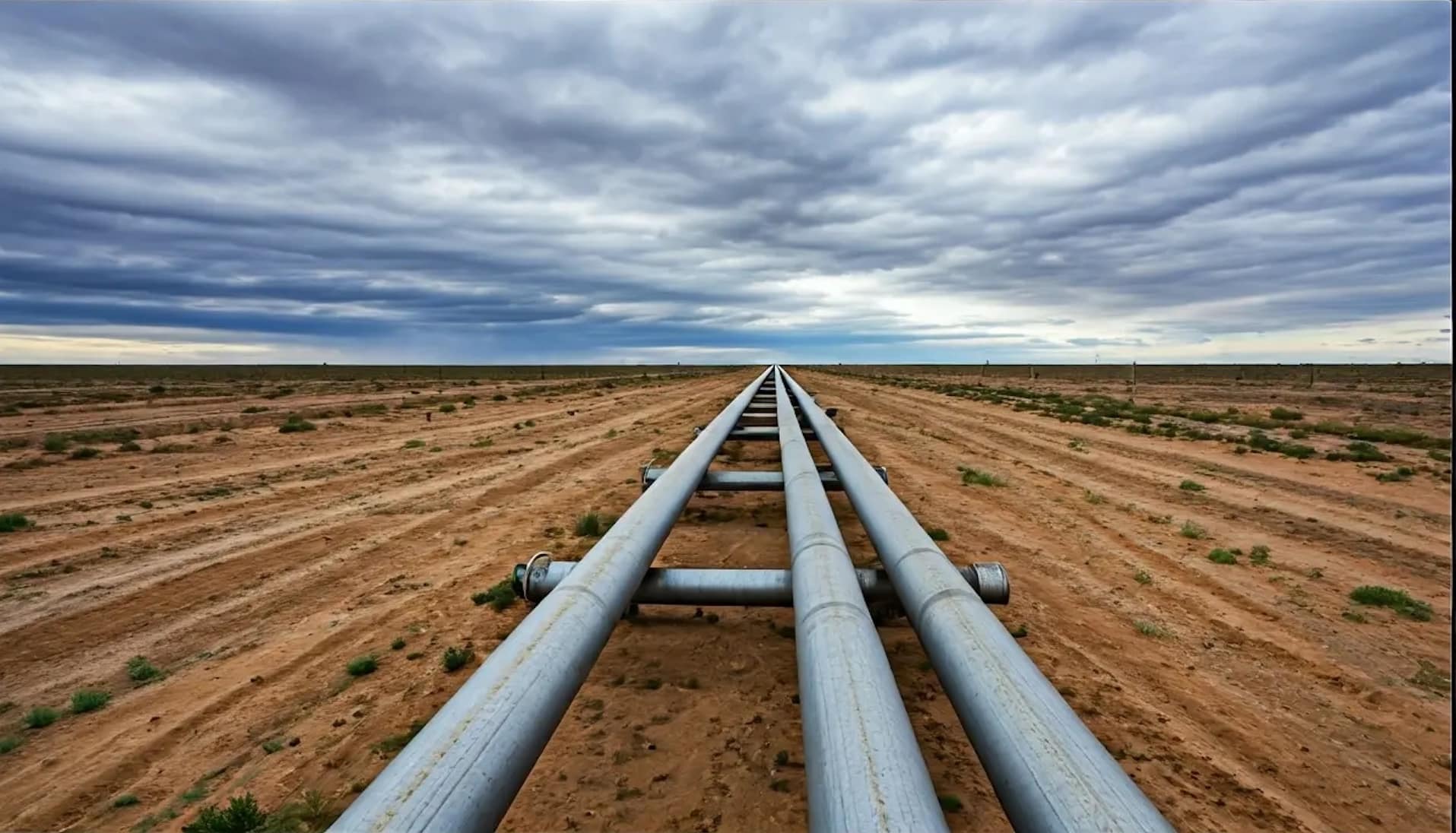
Understanding the Necessity of Piping in Oil and Gas
Piping systems are the backbone of the oil and gas industry, facilitating the transport of crucial resources. Understanding their role helps in appreciating the need for their careful selection and maintenance. Without well-functioning piping systems, the flow of oil and gas would be hindered, causing operational delays and financial loss. It’s not just about moving substances from point A to point B; it’s about doing so safely, efficiently, and in compliance with environmental regulations. This is why meticulous planning and engineering go into every project, ensuring that the pipes can withstand the rigors of their environment.
In addition to functionality, the proper selection of piping solutions directly impacts the cost-effectiveness and longevity of the infrastructure. As oil and gas fields can be in remote or challenging environments like beneath the ocean or in deserts, the piping systems must be designed to endure the specific conditions they are exposed to. The choice of materials and the design considerations must reflect these challenges to avoid corrosion, leaks, or ruptures that could undermine the entire operation, highlighting the importance of robust engineering and materials science in these systems.
Key Materials Used in Piping Systems
From carbon steel, known for its strength and affordability, to more specialized alloys like stainless steel and Inconel, the choice of material for piping systems in the oil and gas industry is crucial. Each material brings unique properties, offering strengths and weaknesses that can suit various operational needs. Carbon steel, for example, is widely used due to its cost-efficiency and durability under a range of temperatures and pressures. However, in sectors with more corrosive or temperature-extreme environments, stainless steel or specialized nickel alloys may be required for their corrosion resistance and ability to withstand higher temperatures.
Composite materials are gaining popularity as they offer potential savings in weight and improved resistance to internal and external corrosion. The use of these materials can significantly extend the lifespan of the piping systems while also reducing maintenance costs. Additionally, advancements in manufacturing technologies are allowing for more complex composite materials to be used, which could revolutionize the cost and efficiency of these systems in the near future. Companies need to carefully consider their specific operational requirements, as the initial investment in high-quality materials often pays off in the long term through reduced downtime and lower maintenance demands.
Innovative Piping Technologies and Solutions
Recent advancements in technology have led to the development of more efficient and safer piping solutions. Techniques such as pipeline integrity monitoring using sensors and smart technology are transforming how companies maintain and monitor their infrastructure. These innovations enable real-time monitoring of conditions within the pipes, providing data that can be used to predict and prevent potential failures, thus enhancing the system’s reliability. Such technologies showcase the commitment within the industry to not only meet current demands but to foresee and solve future challenges.
Moreover, innovations like 3D printing are allowing for faster manufacturing of complex pipe components, further enhancing the flexibility and efficiency of the system. Meanwhile, mechanical improvements in pipe insulation and joint integrity have helped reduce the risk of environmental leakage significantly. The integration of automation and robots into the construction and maintenance processes further underscores the industry’s shift towards more sustainable, cost-effective operations. These technologies not only improve operational efficiency but also aid in meeting stringent safety and environmental regulations.
Challenges and Considerations in Piping Design
Designing a piping system involves addressing various challenges such as corrosion, pressure, and temperature. Engineers must take into account the material suitability for the operational environment, ensuring that the pipeline can handle the specific fluids it will convey under variable pressures and temperatures. Corrosion remains one of the primary threats to pipeline integrity, particularly in buried or underwater environments, where protective coatings and cathodic protection systems become crucial for prolonging the lifespan of the pipes.
Another key consideration is the seismic stability of the piping infrastructure, especially in regions prone to earthquakes. Engineers must design systems that can withstand seismic activity, which involves not only robust design and flexible joints but detailed planning of the pipeline route to avoid fault lines where possible. Additionally, the logistical concerns of transporting large quantities of piping materials to remote and challenging locations add another layer of complexity, necessitating thorough planning and coordination across multiple fronts to ensure timely and efficient project completion.
Case Studies: Success Stories in Piping Applications
Explore real-world examples of successful piping solutions in the oil and gas industry, illustrating how proper implementation can lead to improved operational performance. For instance, a recent project in the North Sea utilized advanced composite pipelines to overcome corrosion challenges typical in harsh marine environments. This pioneering use of composites not only extended the pipeline’s lifespan but also improved overall safety and reduced maintenance costs, benefiting the project in terms of both operational efficiency and cost savings.
Another noteworthy example is an onshore gas processing facility that integrated smart sensor technologies into its pipeline network, enabling real-time monitoring and predictive maintenance capability. This integration proved invaluable, significantly reducing downtime caused by unexpected failures, and highlighting best practices in the implementation of modern technology in legacy systems. These cases underscore the impact of innovative solutions and dedicated planning in overcoming industry challenges, ultimately driving the industry forward towards greater sustainability and efficiency.
The Future of Piping Solutions in Oil and Gas
Selecting the right piping solution in the oil and gas industry is essential for operational efficiency and safety. By understanding the different materials, technologies, and advancements available, companies can optimize their processes and reduce risks. As the industry evolves, staying informed about the latest developments will ensure continued success and growth, helping companies to maintain their competitive edge. For in-depth guidance and expertise, explore our services at Federal Steel.


